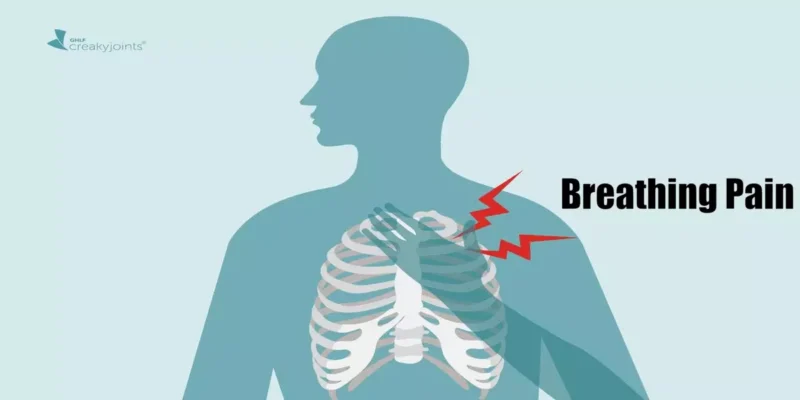[ez-toc]
Introduction
Breathwork, an ancient practice that harnesses the power of conscious breathing, has gained increasing recognition for its potential to alleviate pain and promote relaxation.
This article delves into the world of breath-centered exercises, exploring their remarkable ability to provide natural pain relief.
By focusing on intentional breathing patterns, you can tap into a powerful tool that not only addresses physical discomfort but also supports emotional and mental well-being.
Understanding Breathwork
Breathwork involves intentional manipulation of your breath to achieve specific outcomes. It’s rooted in the belief that conscious breathing can influence various bodily functions, including heart rate, blood pressure, and stress levels.
By directing your breath in certain ways, you can stimulate the body’s natural healing mechanisms and promote a sense of calm.
The Mind-Body Connection

Breath-centered exercises highlight the profound connection between the mind and body. When you consciously regulate your breath, you engage the parasympathetic nervous system, triggering a relaxation response that counteracts the body’s stress-related fight-or-flight reactions. This, in turn, can lead to reduced pain perception and increased overall comfort.
Breathwork Techniques for Pain Relief
- Diaphragmatic Breathing: Also known as belly breathing, diaphragmatic breathing involves inhaling deeply through your nose, allowing your abdomen to expand. Exhale slowly through your mouth, emptying your lungs completely. This technique can enhance oxygen delivery to tissues, reducing pain and tension.
- Pursed Lip Breathing: Inhale through your nose for a count of two, then exhale through pursed lips for a count of four. Pursed lip breathing can help improve lung function, increase oxygen exchange, and provide relief from pain associated with conditions like fibromyalgia.
- 4-7-8 Breathing: Inhale deeply through your nose for a count of four, hold the breath for a count of seven, then exhale through your mouth for a count of eight. This technique promotes relaxation and can be particularly effective in managing acute pain.
Integrating Breathwork into Daily Life
- Morning Mindfulness: Start your day with a few minutes of focused breathwork. Set aside time to practice diaphragmatic breathing or any technique that resonates with you. This mindful start can create a positive tone for the rest of the day.
- Midday Recharge: When pain or tension arises, take a break to engage in a brief breath-centered exercise. This practice can help alleviate discomfort and restore your sense of well-being.
- Evening Relaxation: Incorporate breathwork into your bedtime routine. Pursed lip breathing or 4-7-8 breathing can help you unwind, preparing your body for a restful night’s sleep.
Frequently Asked Questions (FAQs)
Q: Can breathwork really alleviate pain?
A: Yes, breath-centered exercises have been shown to reduce pain perception by promoting relaxation and improving oxygen delivery to tissues.
Q: Are there any side effects to breathwork?
A: Breathwork is generally safe and well-tolerated. However, if you experience dizziness or discomfort, it’s advisable to pause the practice and consult a healthcare professional.
Q: Can breathwork help with chronic pain conditions?
A: Yes, breath-centered exercises can be beneficial for managing chronic pain. They provide a non-invasive and holistic approach to pain relief.
Q: How long does it take to experience pain relief through breathwork?
A: Some individuals may experience immediate relief, while others may need consistent practice over time to notice significant changes. Patience and regularity are key.
Also Read: Thyroid-Friendly Workouts: Effective Exercise Solutions for Managing a Dysfunctional Thyroid Gland
Q: Can breathwork improve emotional well-being?
A: Absolutely. Breath-centered exercises not only address physical pain but can also reduce stress, anxiety, and promote emotional balance.
Q: Are there specific breathing techniques for different types of pain?
A: While many techniques offer general pain relief, some may be more suitable for certain types of pain. Experiment with various techniques to find what works best for you.
Conclusion
Breath-centered exercises hold immense potential for transforming your experience of pain. By harnessing the power of your breath, you can tap into a natural and accessible resource that promotes physical comfort, emotional well-being, and overall vitality.
Whether you’re seeking relief from acute discomfort or chronic conditions, integrating breathwork into your daily routine can empower you to take control of your pain management journey.





